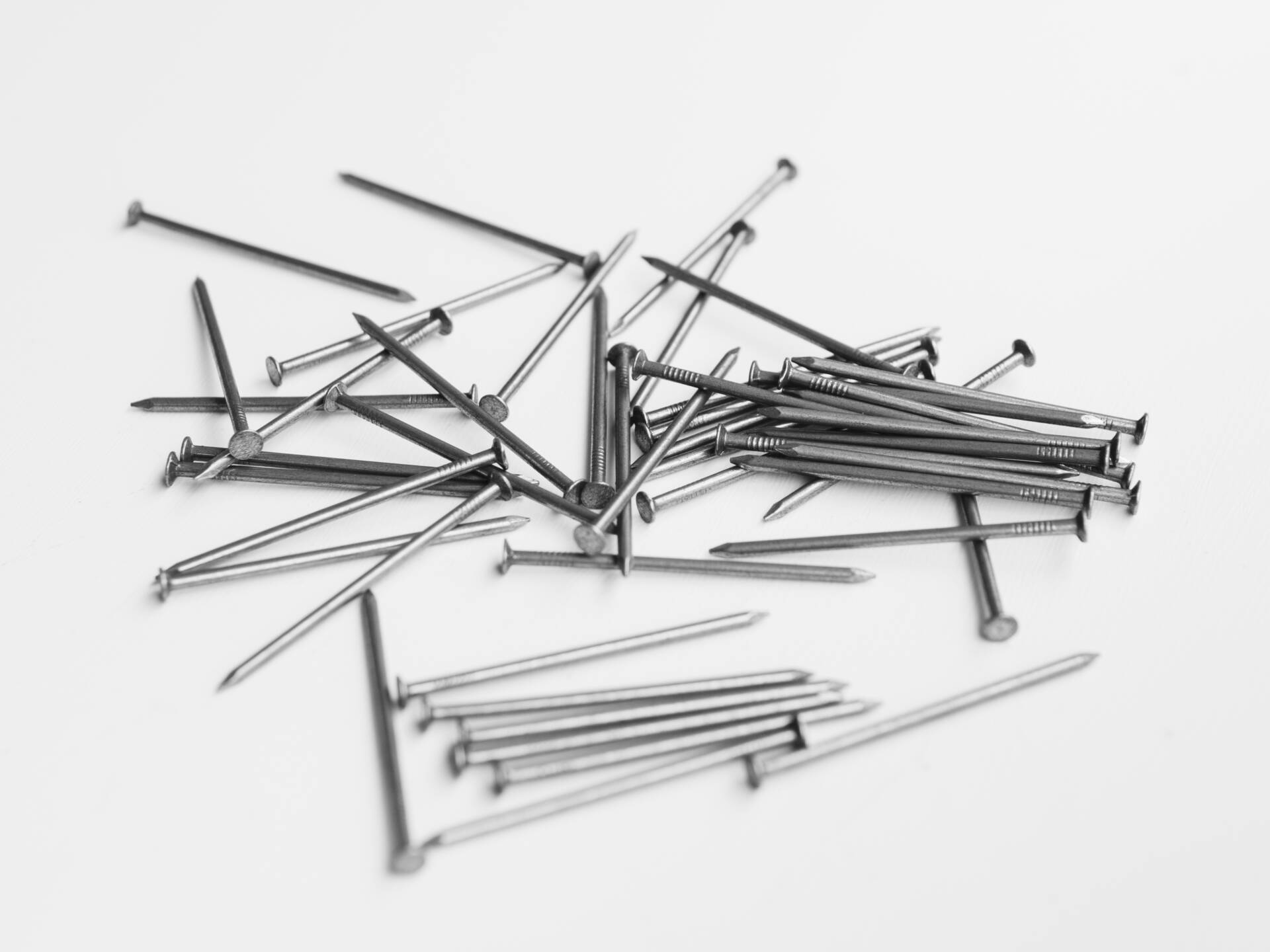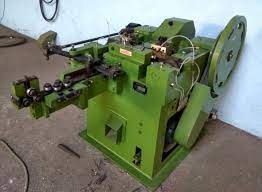Detailed Report On Nail Manufacturing
Nail manufacturing involves the production of nails, essential fasteners used in construction and wood working. This process encompasses wire drawing, cutting, shaping, and coating, contributing to the construction and manufacturing sectors.
Introduction

Detailed Report on Nail Manufacturing is as follows.
Nail production refers to the industrial process of producing nails, which are tiny metal fasteners used to join materials. Nails have long been a necessary component of building, woodworking, and a range of other industries. The nail manufacturing process is divided into several steps, beginning with the selection of raw materials and ending with final packaging. The first stage in nail manufacturing is material selection. Steel wire, stainless steel, and, on rare occasions, brass or aluminum are all used. The material used must be sturdy and long-lasting enough to withstand the forces created during use.
After the material is selected, the wire is passed through a succession of dies to get the necessary diameter. This is referred to as wire drawing, and it is crucial in calculating the correct nail size. When the wire has attained the required thickness, it is cut into lengths appropriate for nail production. The chopped wire is then placed in a nail-making machine, where it is mechanically molded into nails. The machine slices the wire into individual nail blanks before producing the head and tip of each nail. Depending on the kind of nail, the machine may include additional steps such as threading, grooving, or knurling.
After being made, the nails are annealed. By minimizing internal tensions inside the metal structure, this technique enhances the strength and hardness of the nails. To improve the look of the nails after annealing, they are thoroughly washed and polished. The nails are then surface coated or polished. Galvanizing, which adds a layer of zinc to protect against rust, and coating with other corrosion-resistant chemicals are standard finishing options. The nails are separated and inspected for quality control after the finishing process. Defective nails are removed, ensuring that only high-quality products reach the market. After being processed, the nails are packed in varied quantities for distribution and sale. In recent years, automation and technological advancements have significantly increased nail production efficiency and uniformity. Modern machines can produce a huge number of nails in a short amount of time while maintaining high accuracy and quality.

Detailed Report Sample On Nail Manufacturing



Market Potential Of Nail Manufacturing
The market potential for iron nail production is enormous, and it may be a profitable business opportunity. Iron nails are frequently utilized in the construction sector for a variety of applications including material attachment, fastening items, and securing buildings. With the increasing development of the global construction sector, demand for iron nails is likely to skyrocket. As urbanization continues to rise and infrastructure projects develop, so will the need for high-quality iron nails.
Furthermore, the surge in home remodeling and DIY projects adds to the need for iron nails. Because the construction sector is one of the greatest contributors to the world economy, the iron nail manufacturing market has enormous development potential. Furthermore, iron nails are employed in a variety of sectors including furniture manufacture, automotive, and packaging. This market diversity improves chances for iron nail makers even further.
Furthermore, investing in cutting-edge gear and utilizing new manufacturing procedures may enhance productivity and lower production costs, resulting in a more lucrative firm. Iron nail production may be a very successful enterprise with a bright future if effective marketing and distribution strategies are implemented, targeting both domestic and international markets. To stay ahead in a competitive market, producers must keep up with the newest industry trends, adhere to quality standards, and continually innovate. Overall, the market potential for iron nail production is enormous, and entrepreneurs with a growth and innovation mindset may seize this opportunity and establish themselves as industry leaders.
Contents of Project Report
A project report helps you identify whether a project is worth pursuing. It presents the holistic view and brings complete insight of the business and its activity.
It acts as a guide for all the business operations, aids in taking all financial decisions related to the existing businesses and to the start-ups. It serves as roadmap to the business and provides information to the outsider who are wanting to know more about the business.
You will have the opportunity to build new goals and expansion ideas in one single document. Everyone, from the banks to potential investors, will need to have a look at the project report before they shell out any money.
A well drafted project report generally consists details about:
- Brief History of the Business
- The Promoters
- SWOT Analysis
- Industry Outlook
- Past Financial Statements
- Projected Financial Statements
- Infrastructure and Human Resource required
- CMA data
- Business model
- Requirement of Working Capital Funds
- Means of Finance
Other relevant information, if any.
